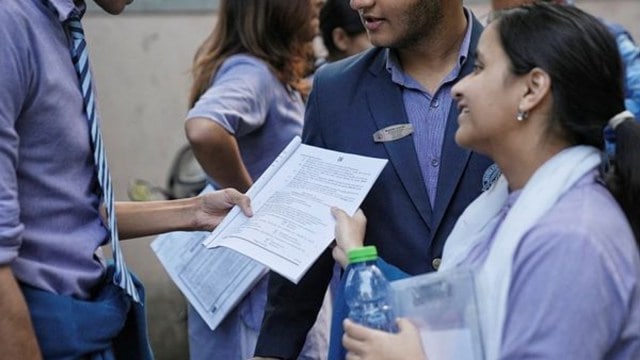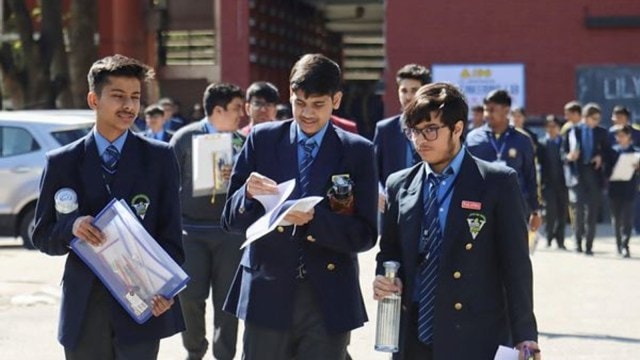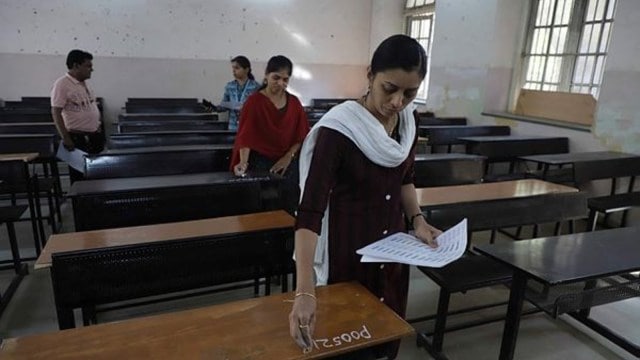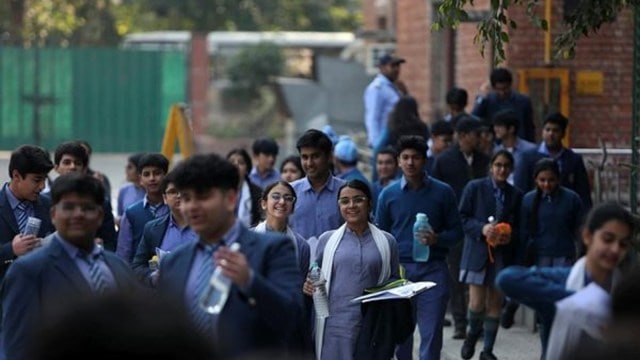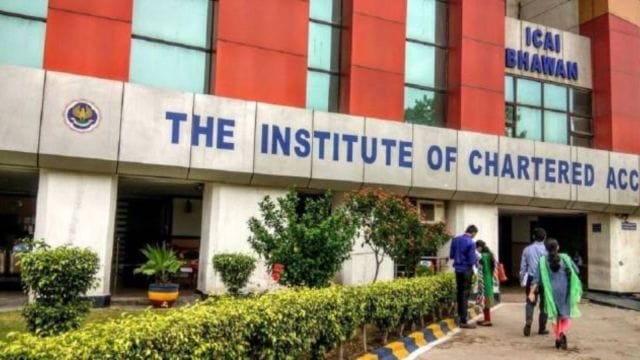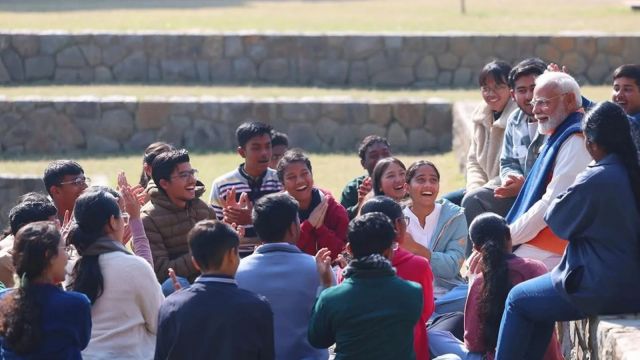
Facing a tough battle in Kolhan, BJP banks on women, OBCs; JMM rides on tribal base
Unlike in the past when the Jharkhand polls used to be a crowded affair marked with multi-corner contests, the upcoming Assembly polls present a clear fray involving two major alliances — the incumbent JMM-led INDIA bloc and the Opposition BJP-led NDA.
With large sections of the state’s electorate appearing to be divided along multiple faultlines and both the coalitions leaving no stone unturned to consolidate their vote banks among the Scheduled Tribes (STs), Scheduled Castes (SCs) and OBCs, the current elections seem to be going down to the wire.
This is the fifth Assembly polls in the mineral-rich state carved out of Bihar in 2000, where tribals, Dalits and OBCs are estimated to make up over 26%, 12% and 40% of the population.
The tribal-dominated Kolhan region has emerged as a crucial front in the polls. JMM leader and Chief Minister Hemant Soren is going all out to retain the party’s supremacy in Kolhan, which has 14 Assembly seats, including Seraikella, the constituency of ex-JMM CM Champai Soren.
In the 2019 Assembly polls, the BJP had not been able to get any seat in Kolhan, where 11 seats were won by the JMM, two by its INDIA ally Congress, and one by an Independent. By inducting tribal leader Champai Soren into its fold three months ago, the BJP has sought to bolster its chances in the region.
While the JMM-led alliance has kept its focus on tribals, the BJP is reaching out to women voters, relying on Prime Minister Narendra Modi’s popularity among them. In its campaign, the BJP has pledged various sops for women, which seem to have created a resonance among them.
In Tamar town, where several male residents back Hemant, Kamla Devi, who runs a tailoring shop, is a staunch supporter of Modi. “Modi helps women and their families. He is doing good for the country. When I listen to him, I feel someone from my family is speaking. Apnapan mehsoos hota hai (I feel as if someone from our own is speaking),” Devi says, adding that the PM ensured the consecration of the Ram Temple in Ayodhya earlier this year.
Devi however admits that she has got three instalments of Rs 1,000 each under the JMM-led government’s Maiya Samman Yojana. Ahead of the poll announcement, the Hemant government raised this monthly stipend for economically disadvantaged women from Rs 1000 to Rs 2,500. This was to counter the BJP’s promise of a monthly handout of Rs 2100 under the Gogo Didi Yojana if it comes to power.
Like Kamla, another Tamar resident Jyotsana, a mother of a one-year old daughter, also finds the BJP “more trustworthy”. “If BJP wins we will get good schemes,” she says, questioning the intention behind the Soren government’s “last minute decisions”.
In Dharam Bahal village in the Ghatshila constituency, Priti Pramani, a school teacher, has various reasons to back Modi. “Under Modi government our lives have improved, roads have been built and a long pending railway track is in place in our area. No other PM has worked for the country this much,” Pramani says. She concedes though that the Centre has not succeeded in creating new jobs or curbing price rise. “But our salaries have also gone up,” she says.
For Usha Namata, a resident of the Potka constituency, the help she got under the Ayushaman scheme for her daughter’s appendix surgery is a major reason to rally behind the BJP.
In the recent Lok Sabha polls, although the BJP had won nine seats in Jharkhand as against the JMM-Congress combine’s five, it had lost the state’s all five ST seats to the latter due to various factors, including the “tribal sympathy” for Hemant over his arrest by the Enforcement Directorate (ED) in an alleged money laundering case in January this year. Hemant continues to be the INDIA bloc’s popular tribal face with a significant mass support. The BJP leaders however point out that the party had then led in 52 Assembly segments.
As part of the BJP’s strategy for the Assembly polls, while trying to consolidate non-tribals, the party is reaching out to women voters. Some
BJP leaders believe that it was the “silent women voters” segment that ensured its “surprise” wins in the Haryana and Madhya Pradesh elections. In Jharkhand, they say a majority of first-time voters are women and that female voters outnumber men in over 30 seats.
The cohesiveness of the NDA, in contrast to the INDIA bloc’s rifts, is also giving the BJP confidence. After long negotiations, the BJP’s core Jharkhand team led by Union Minister Shivraj Singh Chouhan and Assam CM Himanta Biswa Sarma sealed a deal with the party’s allies, including the AJSUP, JD(U) and LJP (Ram Vilas), giving them 10, 2 and one seats respectively. All these parties had fought the 2019 polls separately.
Kolhan however poses a tough challenge to the BJP as it remains a major JMM stronghold. “We don’t trust BJP… JMM is better for Jharkhand,” Loten Munda, a farmer in Tamar, says.
In light of its 2019 rout, the BJP has been making sustained attempts to woo the tribal community in a bid to wrest some seats from the JMM in the region. Hence, the induction of Champai, dubbed as “Kolhan ka tiger ( Kolhan’s tiger)”, who switched to the BJP soon after being replaced by Hemant as the CM in July following the latter’s release from the prison, assumes significance. Hemant had stepped down as the CM and named Champai as his successor after his arrest.
Even several non-tribals in Kolhan have their issues with the BJP. Sumeet Kumar, a graduate who has set up a mobile shop after failing to find a job, says, “There is a tight fight in Jharkhand. People know the Soren government did work, but not as much as it could have done. Still there is a soft corner for Soren in this area.”
Mukesh Seth, who works in a private firm in Jamshedpur, asks what the BJP has done for Jharkhand despite being in power for most of the time since its inception. “BJP is good at the Centre… we need Modi and BJP to defend the country but Soren is good for Jharkhand,” he argues.
But Seth’s friend Rajkumar believes that the BJP could bring development to the state. “Modi is popular and no one would say he or she does not know who our PM is. His schemes to reach tap water and electricity to every household as well as the digitisation drive are good,” Rajkumar says.
The waiver of power dues for about four million families to the tune of Rs 3500 crore in the state by the Hemant government has also struck a chord with people.
Uttam Samal, a Saraikela resident, says the state should have “strong leaders” even as he critcises the BJP’s “polarising politics”. He says he supports the JMM because his Rs 28,000 electricity dues had been waived.
Unlike the Kolhan case, the BJP has managed to gain some traction among tribals in the Santhal Pargana region, where it has raked up issues like “Bangladeshi infiltrators” and its implications for tribals and their land and culture. In his campaign for the Jharkhand polls, PM Modi has also flagged the “threat” from infiltrators on tribals’ “maati, beti and roti (land, daughter and livelihood)”.
Such a narrative, the BJP leaders say, would help the party to leverage the “anti-incumbency” factor against the Hemant-led alliance. The party has been emphasising on change and accountability to dent the JMM. The BJP is also going all out to consolidate its traditional support base among the OBCs, of which the single largest bloc is Kudmi Mahatos.
The JMM originally had the backing of Kudmis but lost it to the BJP later. It has now mounted fresh attempts to win them back after Hemant took its control. But, the AJSUP’s return to the NDA fold and the emergence of Jairam Mahato’s JLKM may hurt its plan. The main vote bank of the AJSUP led by Sudesh Mahto is the Kudmi community.
The Kolhan region is bound for polls in the first phase on November 13, while the state’s second and last phase of voting is scheduled for November 20.

 Posts
Posts Sign up as a Teacher
Sign up as a Teacher